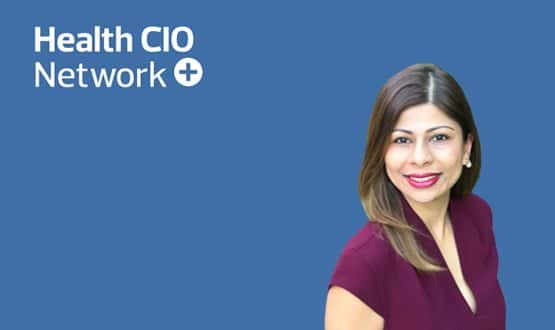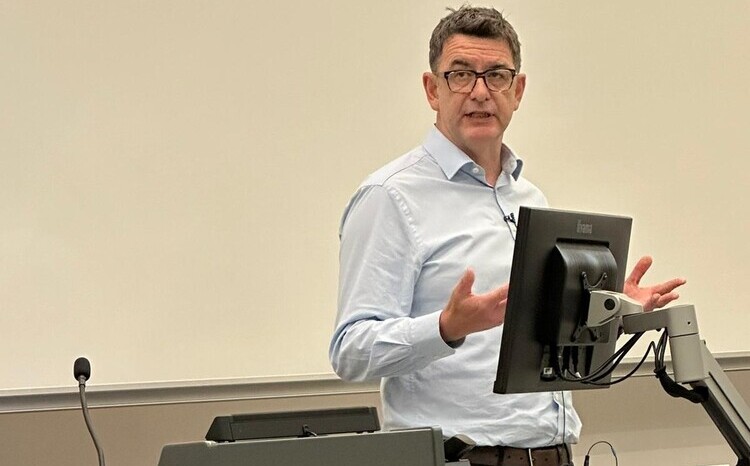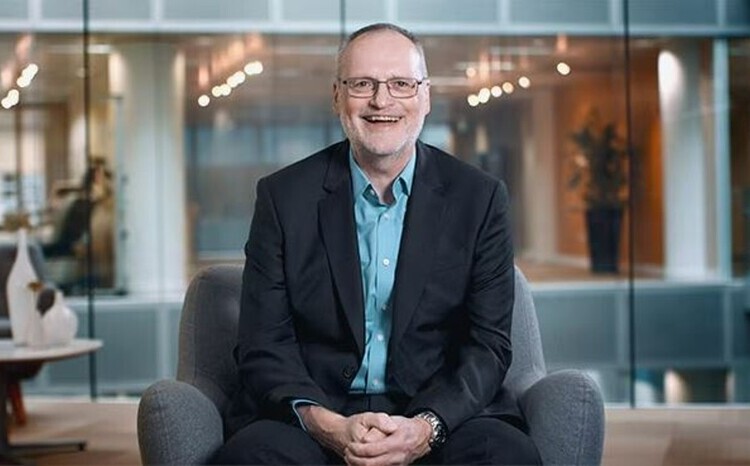The CIO interview: Sonia Patel, London North West Healthcare
- 20 November 2017

Chief information officer at London North West Healthcare NHS Trust, Sonia Patel, has only just begun her role but already wants to redefine the electronic patient record (EPR) of the future. The dream person to play her in the movie of her life is a popular Games of Thrones character.
Why did you become an NHS CIO?
To make a real difference coupled with my passion for digital.
#womenintech #breakingtheglass
Within your organisation, what is the most significant digital achievement of the past 12 months?
Having only just started, credit is to the team I’ve inherited, a lean but solid team. The team has done a great job in delivering a ‘clinical portal’ for the trust and also their responsiveness and resolution to the cyber-attack.
What will be the most significant of the next 12 months?
- My quest is to redefine the ‘EPR’ of the future. Professionals are now working differently, more mobile, across sites, across care settings even from home; and with the growth in smartphone /fit bit technology making virtual care more accessible for patients and the generation of patient centred-health data; and advancing AI capability in health and care: this changes modes and avenues for delivering and accessing care for patients. I question – if the traditional ‘EPR’ and EPR systems are still fit for purpose! Single-system versus Eco-system.
- Integration (getting out the knitting needles), Digitisation (anything and everything possible) and Virtualisation (an infrastructure for the future).
What’s the biggest barrier to being a more effective CIO?
Longitudinal investment.
What’s the biggest barrier the NHS faces overall in achieving digital transformation?
Itself. From funding flows all the way down to culture change.
If you have one piece of advice for other NHS CIOs, what would it be?
Perseverance, be bold and to think outside the box!
Who in the NHS do you admire the most and why?
Our staff and volunteers. Their relentless commitment to provide the best possible care and support despite the challenges and difficulties.
If you were given £30 million to spend on digital transformation within your trust, where would that money go?
50% on digital inclusion. Helping our citizens and patients to make best use of digital tools and data to help manage their health and wellbeing. Also, supporting our staff to make best use of systems and data to improve their daily working lives, would love to create a ‘Genius Bar’ type centre.
50% on developing a local ‘Silicone Valley’ hub. With my view on redefining the EPR of the future. We need agility and pace to innovate, create and release capability to our users, as easy as it is to download apps from the apple store. We are placed in London, we have a university on our doorsteps. It’s the art of the possible.
What is the most over-hyped digital innovation in the health?
Dashboards. Last decade’s technology. Yet to see in healthcare the ‘dash’ and dynamicity that we can now get from smartphone information on our fingertips. They will continue to be relatively low value until they can integrate seamlessly into working & clinical practice without needing to remember multitude of passwords.
What is the most under-rated digital innovation in the health?
Unlike my other CIO colleague’s, it has to be ‘open-source’. Suppliers and industry that want to play in a public-sector market, need to play-fair. Need to play-fair. Creating and sharing of open-standards, APIs and reusable capability should be a ‘must’. Hint to suppliers: open doesn’t necessarily mean free! But it does help NHS!
And a few non-digital questions, what’s the worst job you’ve ever had and why?
Software tester! Repetition! Lots of admiration for testers out there. Left after two weeks into the job.
If you could invite three people, alive or dead, to dinner who would they be and what would you serve them?
Guest 1: Mahatma Ghandi – his wisdom and teachings on how to achieve great things with integrity, thoughtfully and peacefully.
Guest 2: Steve Jobs – well, of course. How he redefined boundaries with his creativity!
Guest 3: Kevin Hart – it can’t all be serious at a dinner party. He’s one funny man!
What’s the background image on your home computer?
My family on holiday. Sand, sea and blue skies! Precious moments – my reason for working!
What’s your favourite piece of technology at home and why?
Alexa. She just keeps giving and full of new surprises!
If you could have any other job, what would it be?
Something creative – probably a travel photographer. It’s in my DNA, my dad and granddad were photographers. The world is full of amazing places and people.
In a film of your life, who would play you?
Not a film but a character, Daenerys Targaryen (Khaleesi). Inspiration! For her inner strength despite the odds; her integrity to do the right thing and above all her dragons! Huge Games of Thrones fan!





1 Comments
Thanks4Sharing your thoughts, I will share mine: In addition to integration and visualization, aggregation is also critical because if a business can not count efficiently and accurately then it will sink. I agree with you Ms Patel, a bad dashboard is a waste of everyone’s time but a dashboard (mobile app) with a well designed data model behind it is worth a 1,000 reports, a well run business can no longer afford the luxury of spoon feeding it’s IT users. The data model is key, visuals are skin deep, the strength is within, like bad data, you can’t see it, touch it, hear it or smell it, just don’t ignore it.
Comments are closed.